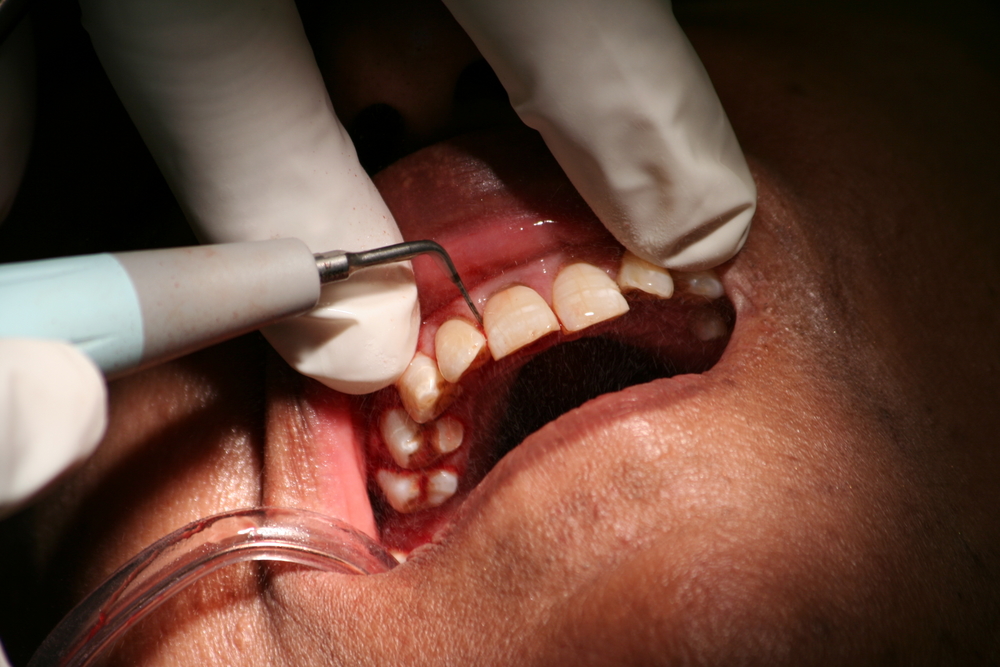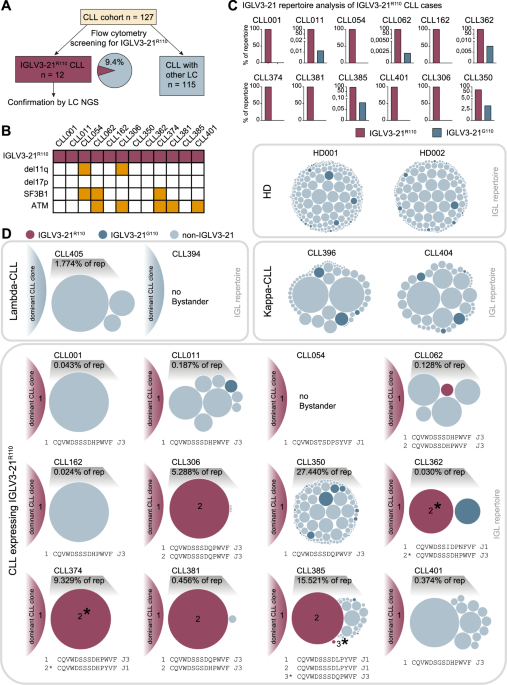Abstract
Purpose of Review
Rhinitis is a heterogeneous diagnosis characterized by the presence of several nasal symptoms and it is only when pharmacotherapy fails that surgical treatment is considered. Over the years, multiple surgical techniques and approaches have been proposed to treat these patients. We aim to present a comprehensive literature review of the surgical management of rhinitis, including the most recent techniques and long-term outcome evaluations.
Recent Findings
Endoscopic techniques targeting the inferior turbinates, septum, and the parasympathetic neural supply to the nasal mucosa have evolved over the years to surgically address rhinitis; better understanding of rhinitis physiopathology has prompted the development of less invasive techniques with potentially similar outcomes and decreased morbidity.
Summary
For the management of allergic rhinitis, isolated outfracture of the inferior turbinate remains the least invasive technique and classical submucosal resection remains very much in favor among practitioners. A variety of methods to achieve adequate submucosal reduction of the inferior turbinate are also discussed, including the microdebrider, radiofrequency ablation, and coblation techniques. Regarding non allergic rhinitis, we assess both endoscopic vidian neurectomy and posterior nasal nerve neurectomy, two broadly effective, but elaborate, options necessitating general anesthesia and a visit to the operating room. We also discuss cryoablation of the posterior nasal nerve, which presents as a minimally invasive technique that can be performed as an in-office procedure.



